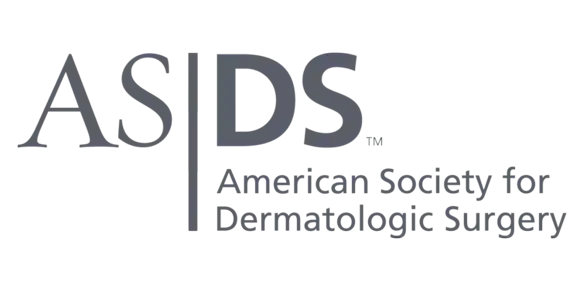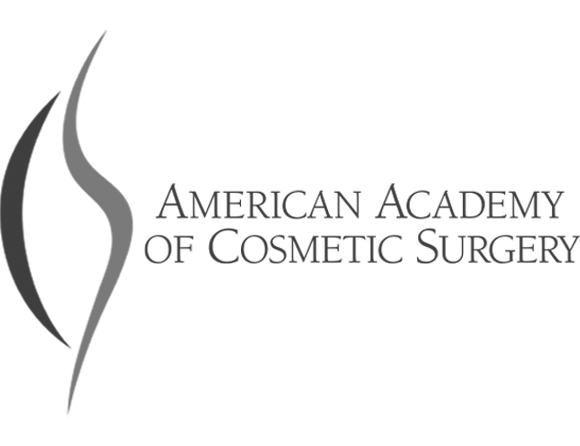Conditions
We treat a variety of conditions in both adult and pediatric patients
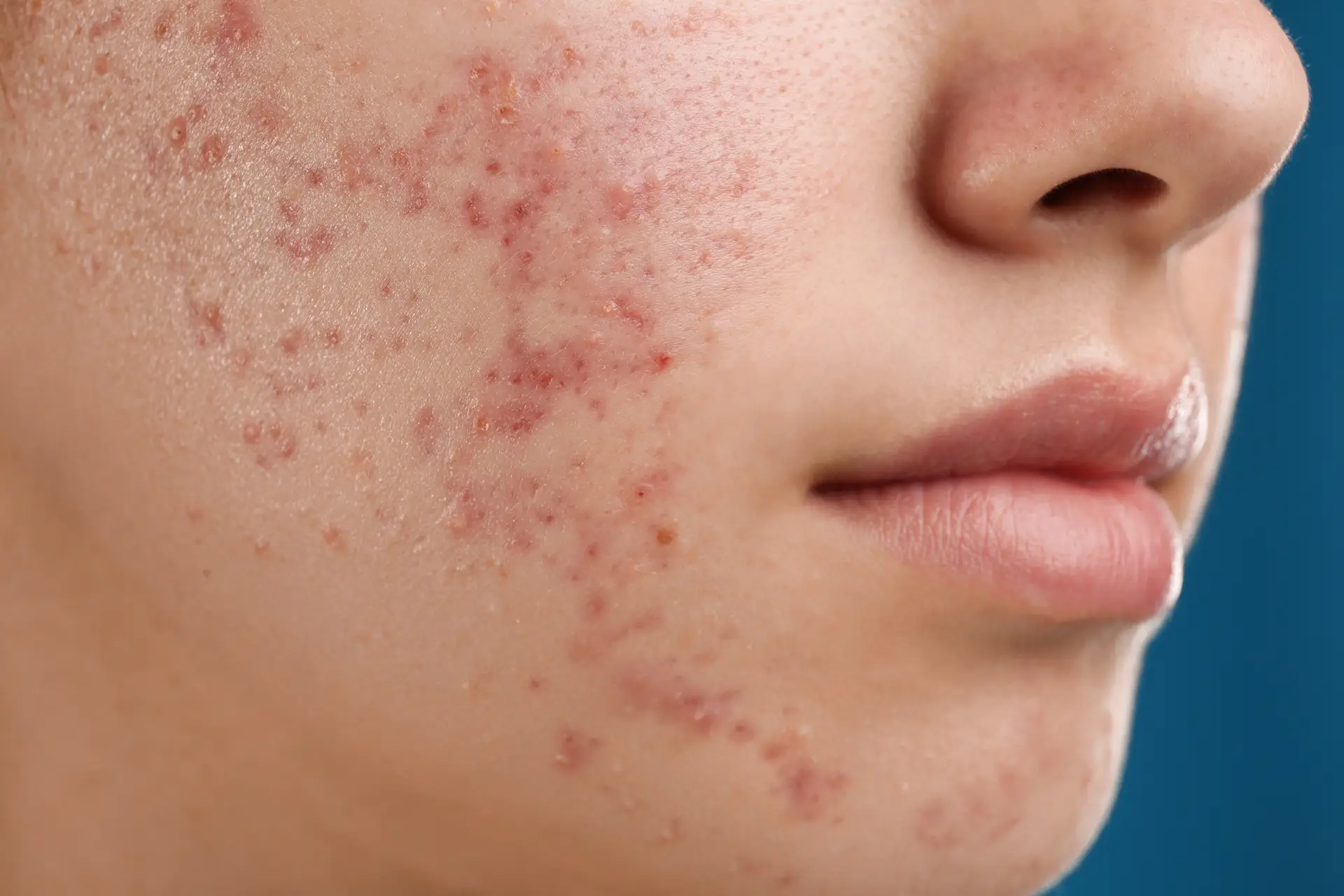
Acne
Acne is the term for backed up pores or follicles blocked from dead skin cells or oil. This can result in the formation of blackheads, whiteheads, or pimples and can occur on different parts of the body including face, neck, chest, back, and upper arms. Acne breakouts can occur due to various reasons including: excessive oil production, clogged pores, bacteria, hormonal changes, etc. Although teenager frequently get acne due to increased oil production and relatively small pores, adult acne is also common for both women and men.
Treatment options include: topical treatments, oral medications, esthetic services and a good skin care regimen.
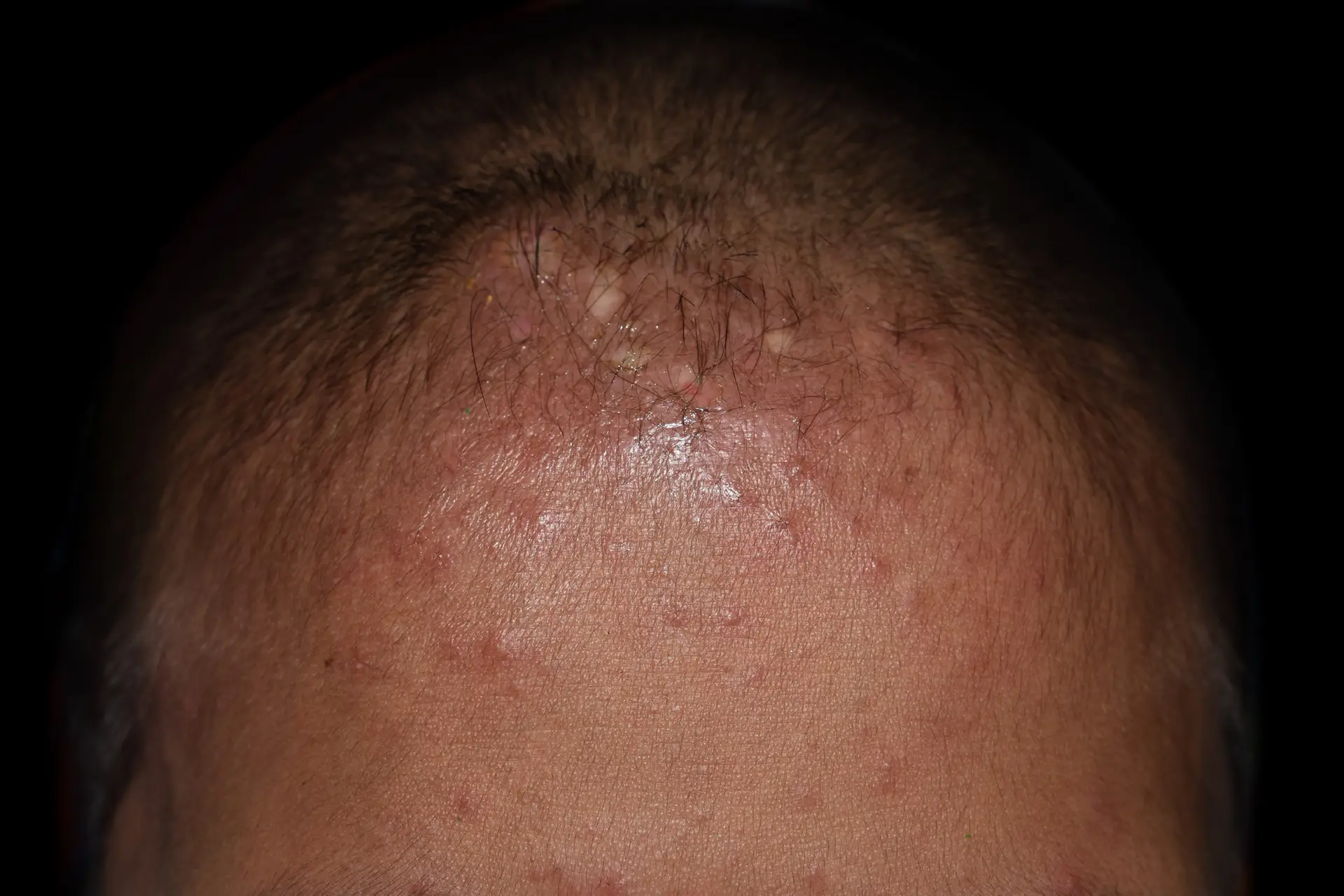
Actinic Keratoses (AKs)
AKs are precancerous skin lesions that develop due to long term sun exposure. They typically appear as dry, rough, scaly patches on the skin and are considered the earliest stage of skin cancer development. Generally located on areas of the body that are exposed to repeated ultraviolet exposed areas like face, ears, scalp, neck, back of hands.
Treatment can include: sun protections, topical chemotherapy like 5-fluorouracil or imiquimod, cryotherapy or liquid nitrogen, and photodynamic therapy (PDT).
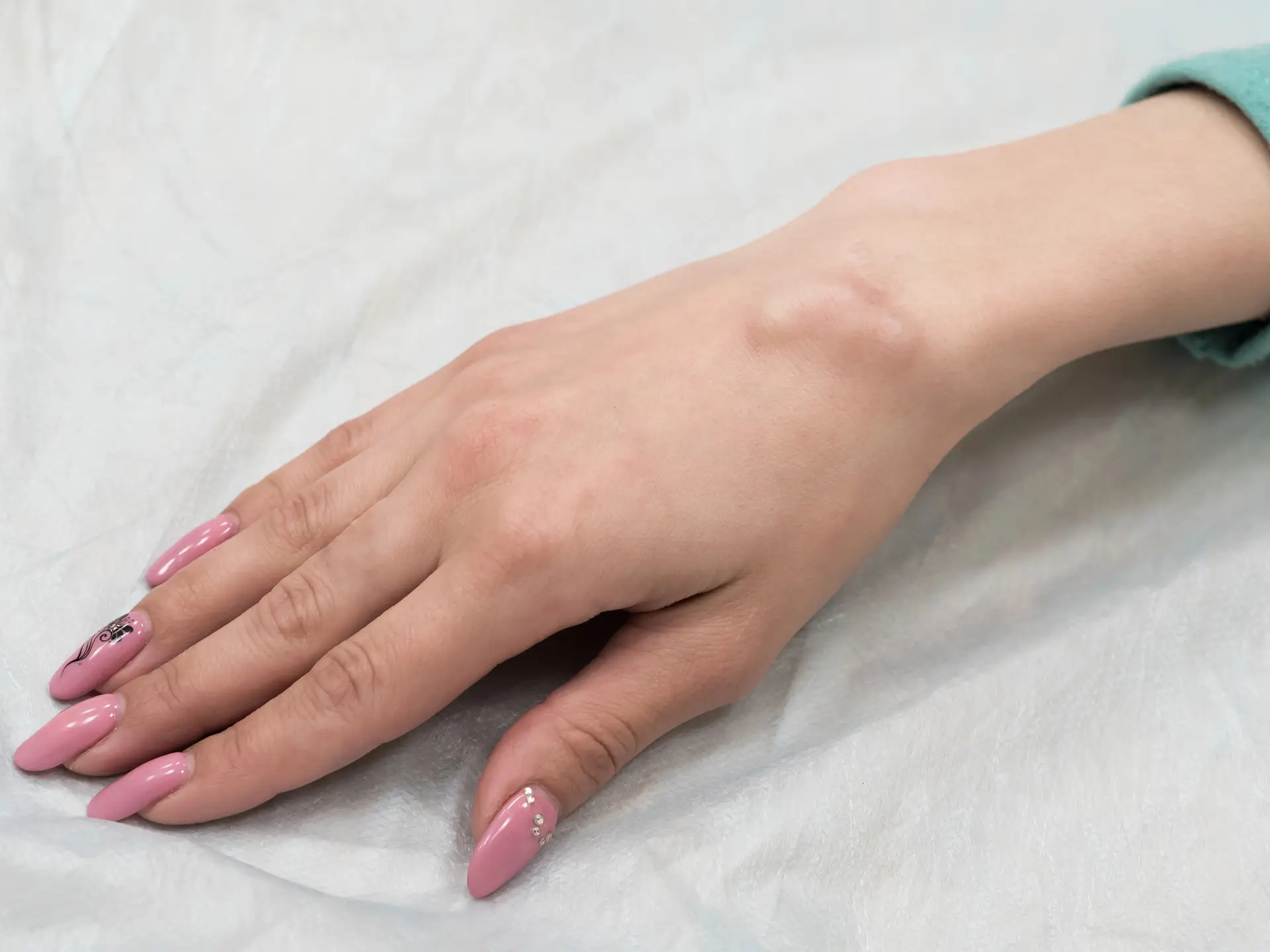
Cyst
Cysts are benign growths that may be filled with liquid or backed up skin and oil. Cysts can appear almost anywhere on the body. While noncancerous, cysts may require treatment if they are painful or bothersome to the patient. Cysts generally require surgical removal.
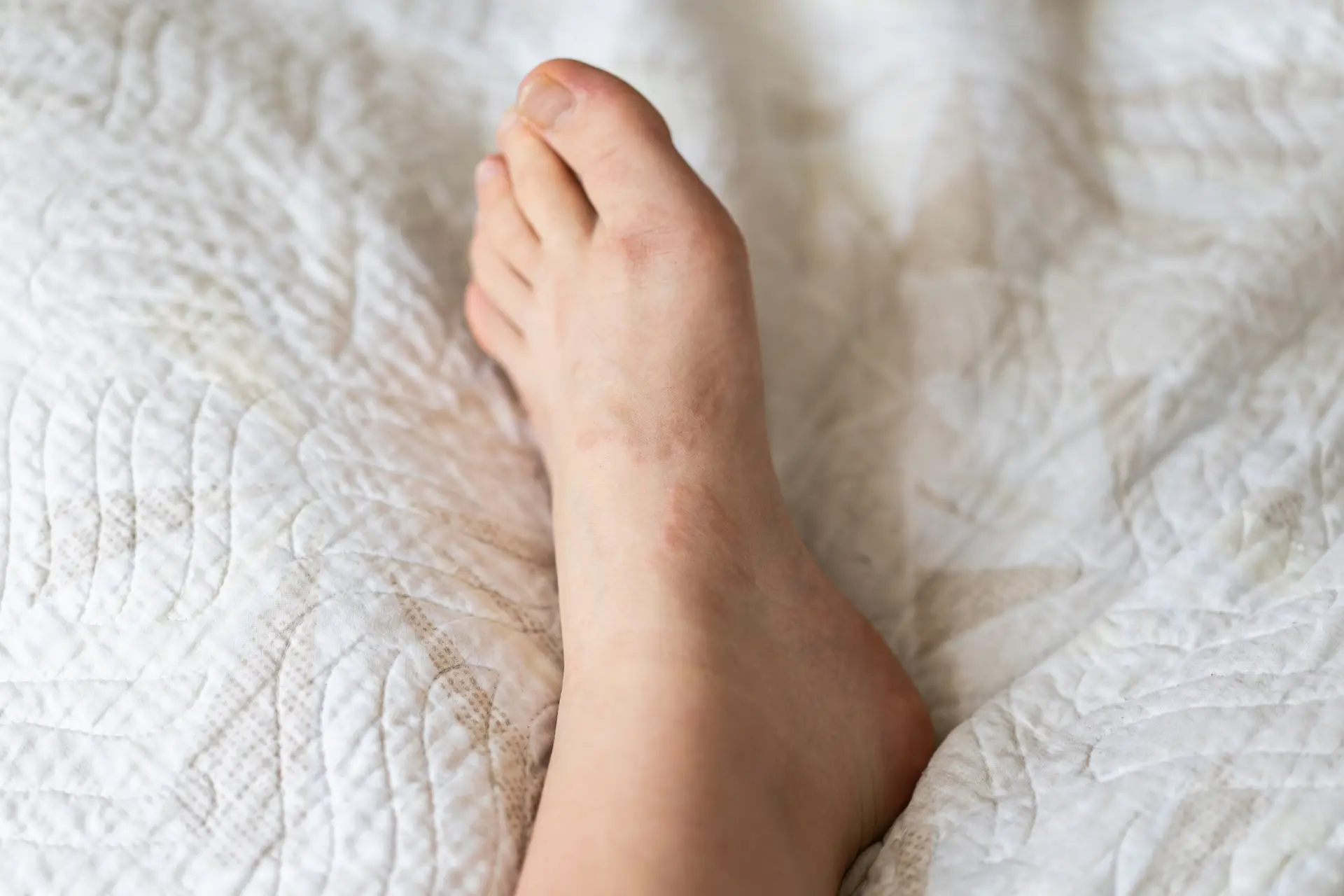
Granuloma Annulare (GA)
GA is an inflammatory condition. It is non-contagious, often doesn’t hurt or hardly itch. Lesions are characterized by a slightly raised patch on the skin with a noticeable and/or border.
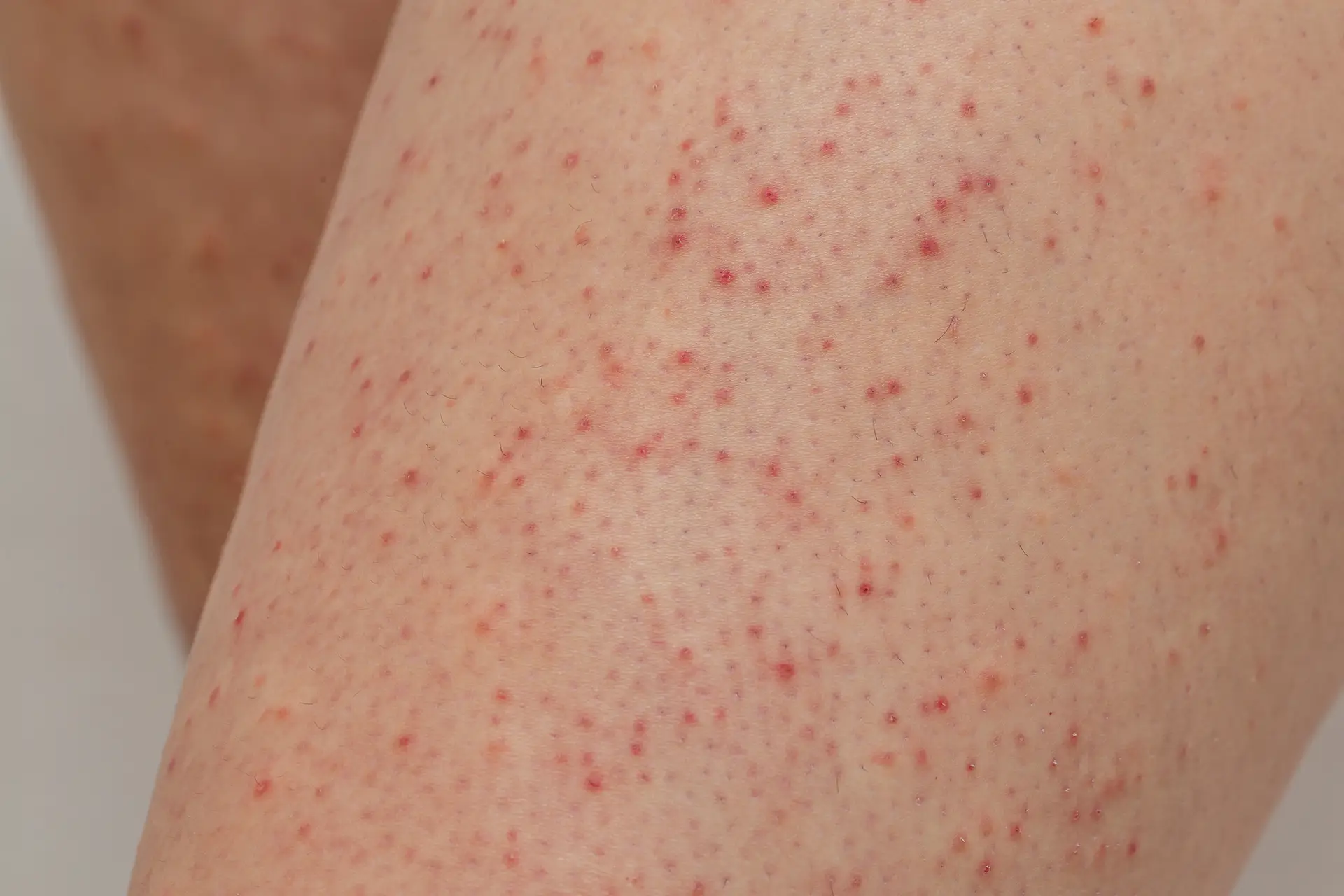
Keratosis Pilaris (KP)
Plugs of dead skin cells that often take the appearance of small red bumps that resemble pimples. Keratosis pilaris can be annoying and runs in families with seasonal allergies and eczema. Topical treatments are generally prescribed.
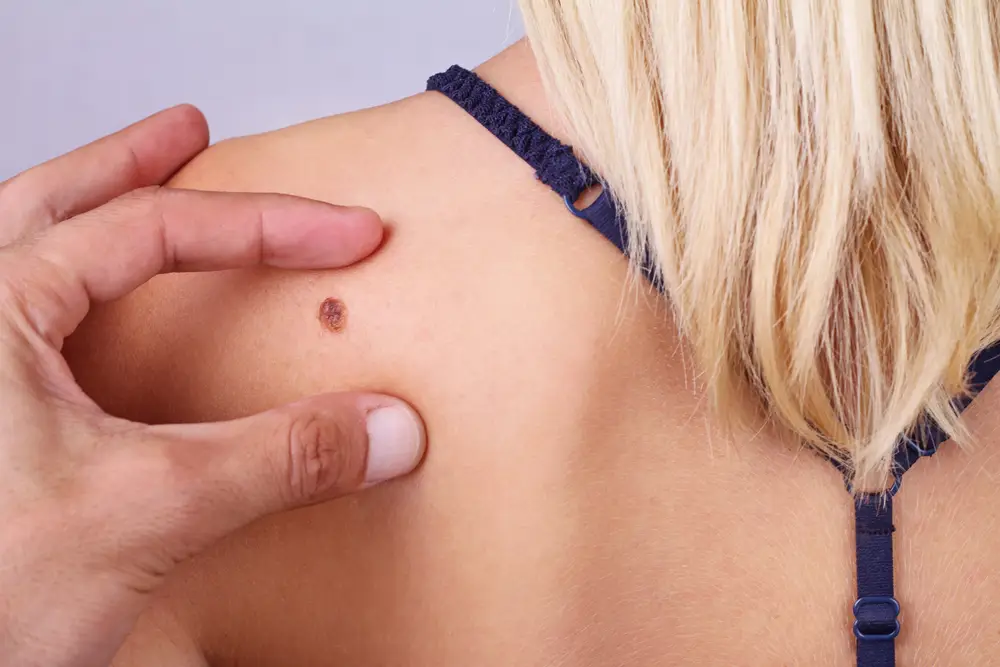
Moles
Also called nevi. Moles are collections of melanocytic cells that give the skin pigment. These are often brown or black, but they can be pink or even normal skin colored. Moles can be completely normal, but these collections of cells can also be prone to disorganized cellular division and melanoma can arise from moles. If you notice any moles start to change color or size, itch, grow, or bleed, make an appointment for a skin check.
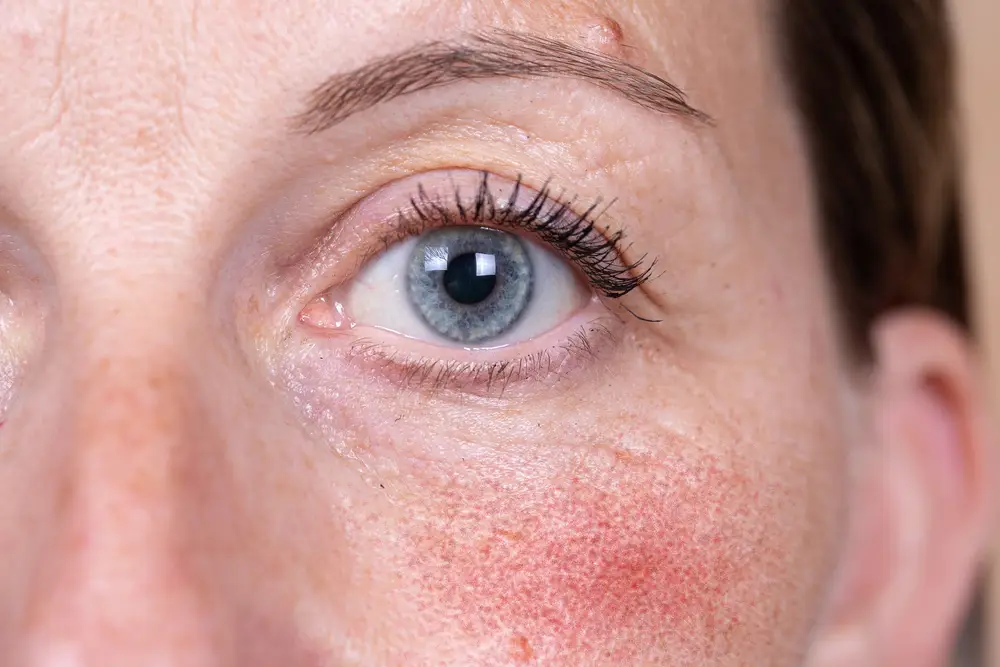
Rosacea
Rosacea is a hereditary skin condition that mainly impacts the face, causing redness, visible blood vessels, and in some circumstances small, red, pus-filled bumps. Can also generate eye irritation and swelling. Rhinophyma is a type of rosacea where the nose thickens and changes shape.
Treatment can include: topical medications, oral medication, laser treatments, gentle skincare regimen, avoiding triggers. Resurfacing lasers are used to treat rhinophyma.
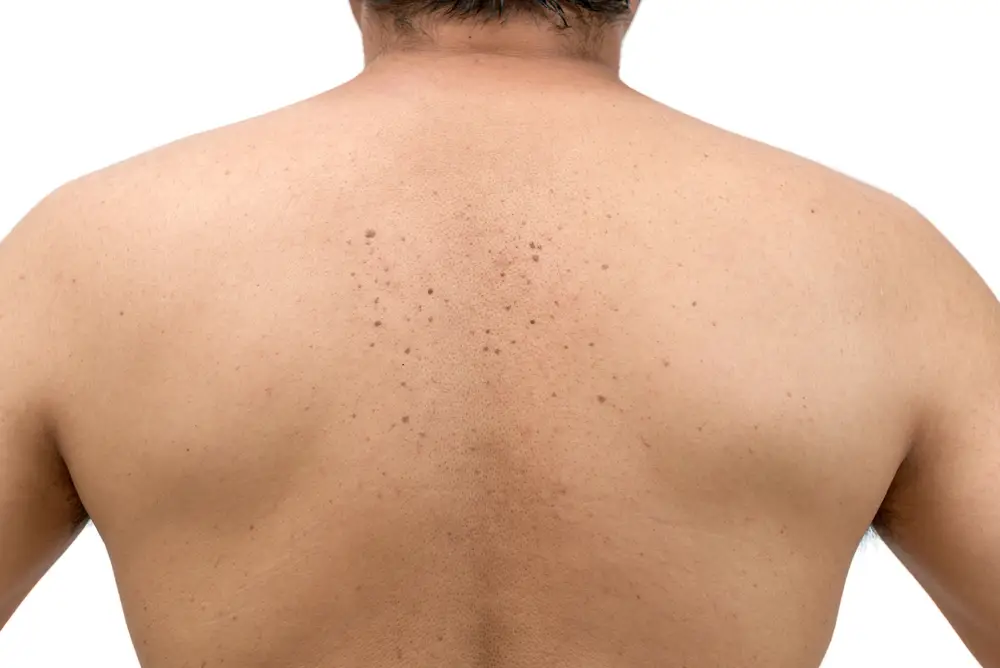
Seborrheic Keratoses (SKs)
Non-cancerous skin growths that often appear as brown, black, or light tan growths on the skin. They are often found on the face, chest, shoulders, or back and can vary in size and color. Usually they are painless but often become irritated or bothersome to the individual. A good exfoliative skin regimen can help prevent and treat these annoying barnacles which usually begin to appear by age 40.
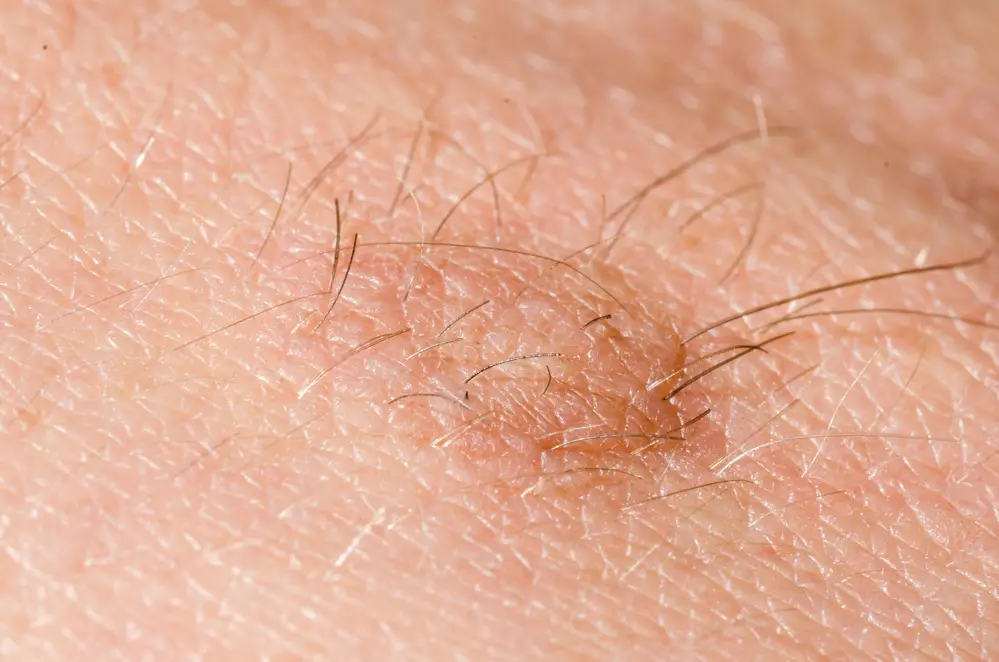
Skin Tags
Benign growths that can appear anywhere on the skin, generally where skin rubs such as neck, underarms, and eyelids. These are considered normal and we treat them by removal only if they are a cosmetic concern to the patient.
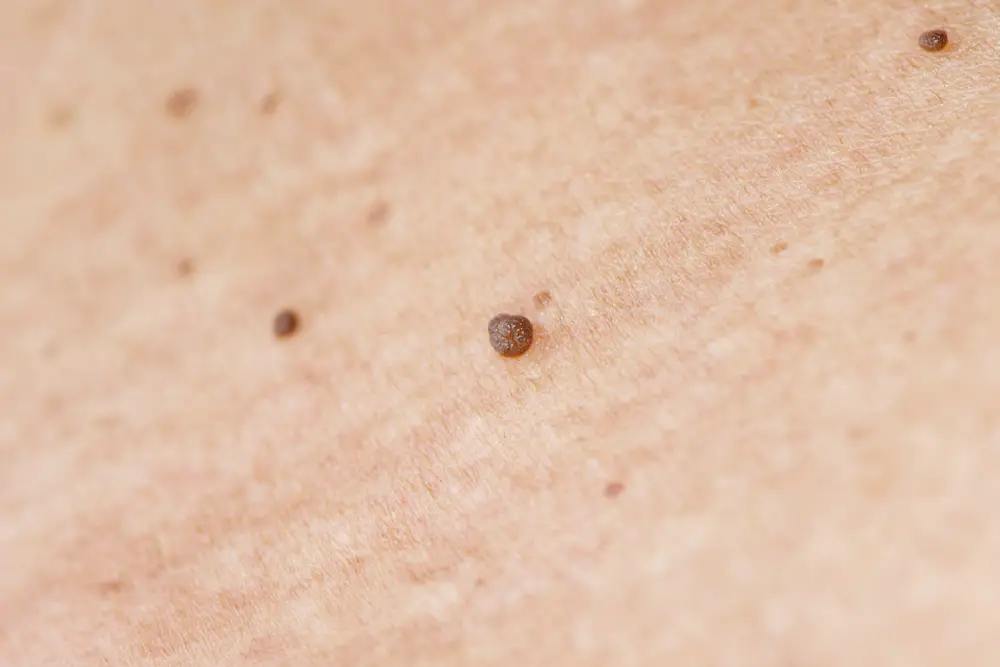
Warts
Benign growths that appear from human papillomavirus (HPV) innoculation. They are often skin-colored and feel rough to the touch, but appearance can vary.
Treatment can include: topical medications, cryotherapy, curettage, or laser.
Acne is the term for backed up pores or follicles blocked from dead skin cells or oil. This can result in the formation of blackheads, whiteheads, or pimples and can occur on different parts of the body including face, neck, chest, back, and upper arms. Acne breakouts can occur due to various reasons including: excessive oil production, clogged pores, bacteria, hormonal changes, etc. Although teenagers frequently get acne due to increased oil production and relatively small pores, adult acne is also common for both women and men.
Treatment options include: topical treatments, oral medications, esthetic services, and a good skin care regimen.
AKs are precancerous skin lesions that develop due to long term sun exposure. They typically appear as dry, rough, scaly patches on the skin and are considered the earliest stage of skin cancer development. Generally located on areas of the body that are exposed to repeated ultraviolet exposed areas like face, ears, scalp, neck, back of hands.
Treatment can include: sun protections, topical chemotherapy like 5-fluorouracil or imiquimod, cryotherapy or liquid nitrogen, and photodynamic therapy (PDT).
Cysts are benign growths that may be filled with liquid or backed up skin and oil. Cysts can appear almost anywhere on the body. While noncancerous, cysts may require treatment if they are painful or bothersome to the patient. Cysts generally require surgical removal.
GA is an inflammatory condition. It is non-contagious, often doesn’t hurt or hardly itch. Lesions are characterized by a slightly raised patch on the skin with a noticeable and/or border.
Plugs of dead skin cells that often take the appearance of small red bumps that resemble pimples. Keratosis pilaris can be annoying and runs in families with seasonal allergies and eczema. Topical treatments are generally prescribed.
Rosacea is a hereditary skin condition that mainly impacts the face, causing redness, visible blood vessels, and in some circumstances small, red, pus-filled bumps. Can also generate eye irritation and swelling. Rhinophyma is a type of rosacea where the nose thickens and changes shape.
Treatment can include: topical medications, oral medication, laser treatments, gentle skincare regimen, avoiding triggers. Resurfacing lasers are used to treat rhinophyma.
Also called nevi. Moles are collections of melanocytic cells that give the skin pigment. These are often brown or black, but they can be pink or even normal skin colored. Moles can be completely normal, but these collections of cells can also be prone to disorganized cellular division and melanoma can arise from moles. If you notice any moles start to change color or size, itch, grow, or bleed, make an appointment for a skin check.
Benign growths that appear from human papillomavirus (HPV) innoculation. They are often skin-colored and feel rough to the touch, but appearance can vary.
Treatment can include: topical medications, cryotherapy, curettage, or laser.
Benign growths that can appear anywhere on the skin, generally where skin rubs such as neck, underarms, and eyelids. These are considered normal and we treat them by removal only if they are a cosmetic concern to the patient.
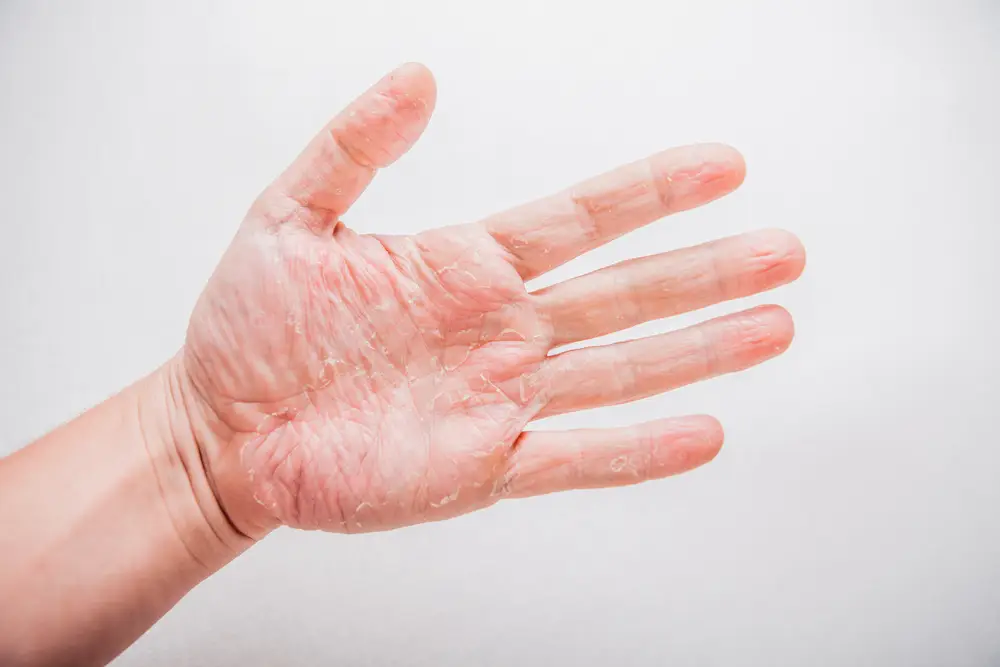
Eczema
Eczema, also known as atopic dermatitis, is a chronic skin condition characterized by inflammation, redness, itching, and sometimes the formation of small, fluid-filled blisters. It can affect people of all ages, but it’s particularly common in infants and children.
The exact cause of eczema is not fully understood, but it’s believed to involve a combination of genetic, environmental, and immune system factors. Individuals with eczema often have a hypersensitive immune response to certain triggers, such as allergens, irritants, dry skin, stress, or changes in temperature.
The symptoms of eczema can vary widely from person to person and may include:
- Itchy, red, inflamed skin
- Dry, scaly patches of skin
- Thickened, cracked, or leathery skin
- Small, raised bumps that may ooze or crust over
- Discoloration or changes in pigmentation of the skin
- In severe cases, eczema can lead to infection if the skin becomes broken or open wounds develop.
Eczema tends to flare up periodically and can be triggered by various factors, including certain foods, environmental allergens (such as pollen or pet dander), harsh soaps or detergents, and stress.
While there is no cure for eczema, treatment focuses on managing symptoms and preventing flare-ups. This may involve moisturizing the skin regularly, avoiding triggers, using topical corticosteroids or other medications to reduce inflammation and itching, and practicing good skincare habits. In some cases, oral medications or phototherapy (light therapy) may be recommended by one of our dermatologists.
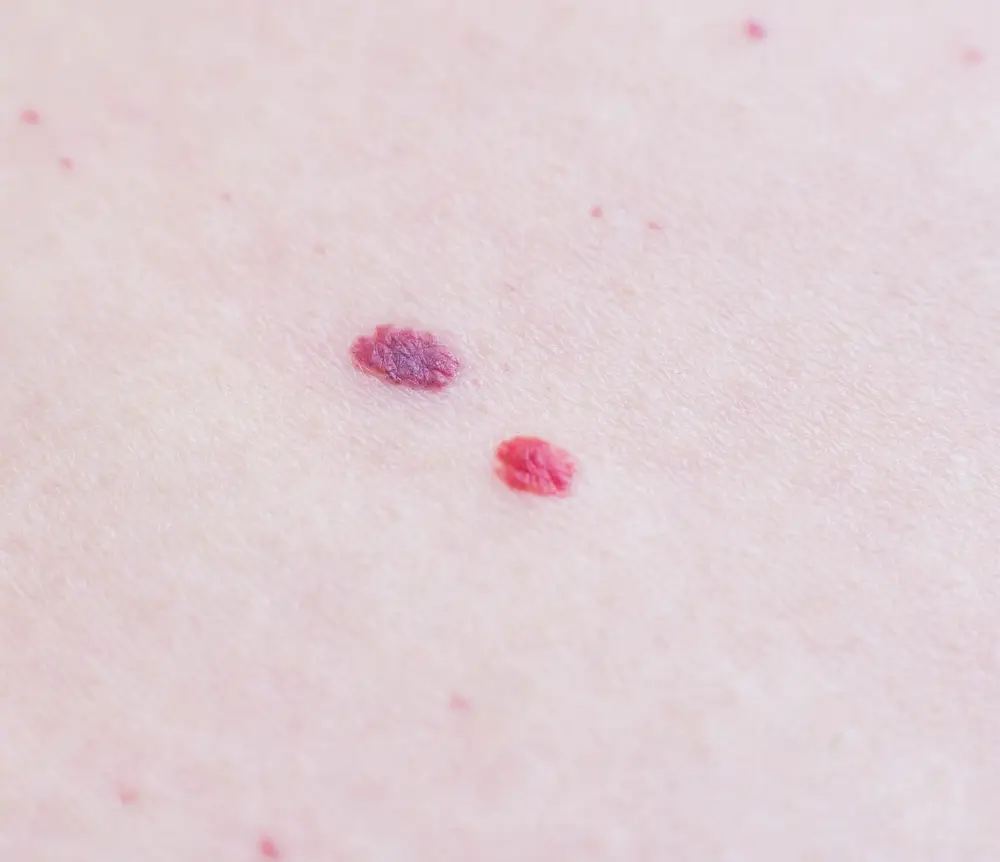
Angiomas
Angiomas are benign tumors that form from blood vessels or lymph vessels. They can occur anywhere on the body and can vary in appearance and size. There are several types of angiomas, including:
1. **Cherry angiomas**: These are small, red or purple growths that typically appear on the skin, especially as people age. They are very common and usually harmless. We treat these little “cherries” with KTP laser and they generally vanish in 1 treatment.
2. **Spider angiomas**: These are clusters of small blood vessels that radiate outward from a central point, resembling a spider’s web. They are often found on the face, neck, or upper body and can be associated with liver disease or hormonal changes, such as during pregnancy. These are typically also treated with KTP laser without downtime and generally take 1 or possibly 2 treatments 2 weeks apart.
3. **Venous angiomas**: These form from veins and can appear as bluish-purple raised bumps or patches on the skin. They are typically flat or slightly raised and may occur anywhere on the body. These area a cosmetic annoyance, often on the lip and are called a venous lake. One treatment with the nd:YAG laser will erradicate these.
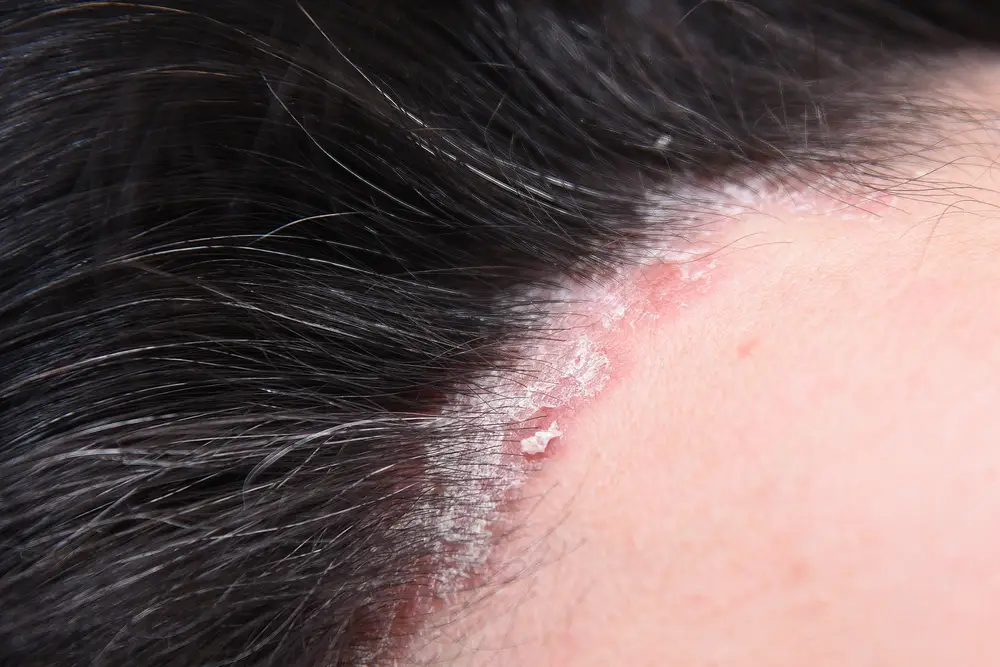
Psoriasis
Psoriasis is a chronic autoimmune skin condition characterized by the rapid growth of skin cells, leading to the formation of thick, scaly patches on the skin’s surface. It is not contagious. Psoriasis can affect any part of the body but commonly appears on the elbows, knees, scalp, lower back, and nails.
Psoriasis is caused by a combination of genetic, immune system, and environmental factors. In people with psoriasis, the immune system mistakenly attacks healthy skin cells, causing them to grow at an accelerated rate. This rapid turnover of skin cells leads to the formation of thick, red patches covered with silvery scales, known as plaques.
Psoriasis can vary in severity and may present differently from person to person. Common types of psoriasis include:
- Plaque psoriasis: This is the most common form of psoriasis, characterized by raised, red patches covered with silvery-white scales.
- Guttate psoriasis: This type often appears as small, dot-like lesions scattered across the body. It is commonly triggered by bacterial or viral infections, such as streptococcal throat infections.
- Inverse psoriasis: This type affects skin folds, such as the armpits, groin, and under the breasts. It appears as smooth, red patches without the typical scales seen in other forms of psoriasis.
- Pustular psoriasis: This rare form of psoriasis is characterized by pus-filled blisters surrounded by red, inflamed skin. It can be localized to certain areas of the body or widespread.
- Pustular psoriasis: This rare form of psoriasis is characterized by pus-filled blisters surrounded by red, inflamed skin. It can be localized to certain areas of the body or widespread.
Psoriasis is a chronic condition with periods of flare-ups and remissions. While there is no cure, various treatments can help manage symptoms and improve quality of life. Treatment options may include topical medications, phototherapy (light therapy), oral or injectable medications to suppress the immune system, and lifestyle modifications. Our team of dermatologists and providers are experts in psoriasis.



